Table of Content
The much-awaited Gurgaon Metro, also known as the Gurugram Metro, has officially taken shape as one of the most ambitious infrastructure projects in Haryana. On 5 September 2025, the project gained momentum with a Bhoomi Pujan ceremony led by CM Nayab Singh Saini and Union Minister Manohar Lal Khattar, followed by the foundation stone laying for the 28.5 km line with 27 stations. Soon after, the DBL–RBL JV secured the ₹1,503 crore Phase 1 civil contract, with construction slated to finish within 30 months, while tendering for Phase 2 (Cyber City stretch) is already in progress.
Being implemented by Gurugram Metro Rail Limited (GMRL), a joint venture between the Central and Haryana governments under HMRTC, the metro is designed to directly connect Old Gurgaon with New Gurgaon and Cyber City, marking a major milestone in urban connectivity and real estate growth for the region.
About Gurgaon Metro Project
The Gurgaon Metro project is a newly approved metro line that promises to bridge critical connectivity gaps across the city.
- Route: The metro will run from Huda City Centre to Cyber City via Old Gurgaon, with an additional spur line to the Dwarka Expressway.
- Length: The total stretch is 28.5 km, of which 26.65 km is the main line and 1.85 km is the spur.
- Significance: For the first time, Old Gurgaon will be directly linked with New Gurgaon and Cyber City, making it easier for commuters to access job hubs, residential clusters, and commercial districts.
- Ridership Estimates: By 2026, daily ridership is projected at 5.4 lakh, growing to over 7.2 lakh by 2031.
This connectivity will not only ease daily commuting but also reshape the city’s development patterns.
Also Read: Lucknow Metro Phase-1B, New Link Set to Boost Old City Real Estate Markets
Key Features of Gurgaon Metro
Some of the most important highlights of the Gurugram Metro include:
- Starting Point: Huda City Centre.
- Ending Point: Cyber City.
- Stations: 27 stations including 1 depot.
- Project Cost: Estimated at ₹6,800 crore.
- Completion Timeline: Targeted for 2027.
- Project Ownership: Gurugram Metro Rail Limited (GMRL).
- Elevated Line: Entirely elevated, reducing land acquisition challenges.
The metro is expected to redefine Gurgaon’s transport dynamics by connecting employment hubs with residential catchments.
Gurgaon Metro Map
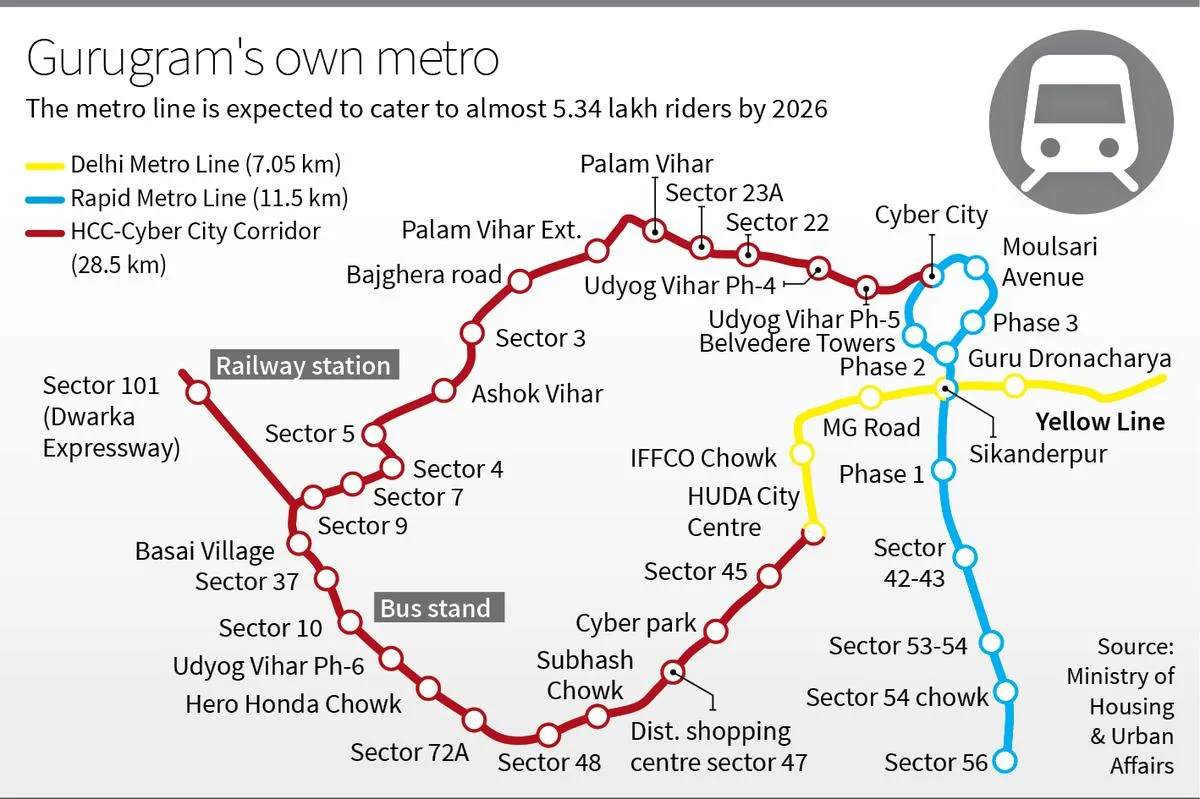
The approved Gurgaon Metro map highlights the seamless link between Old Gurgaon and New Gurgaon. Starting at Huda City Centre, the metro will run through densely populated areas before reaching Cyber City, one of India’s largest office hubs.
The spur line extending to Dwarka Expressway further enhances its reach, making it easier for residents of newly developing sectors to connect with the heart of the city.
Gurgaon Metro Stations
The 27 stations planned for the Gurgaon Metro have been carefully chosen to serve both existing and upcoming residential and commercial hubs.
- Old Gurgaon Stations: Huda City Centre, Sector 4, Palam Vihar, Ashok Vihar, Sector 9, and others.
- New Gurgaon & Cyber City Stations: Sector 101 (Dwarka Expressway spur), Cyber City, and connecting business hubs.
This balanced station network ensures that Old Gurgaon, long underserved by modern transport, finally receives direct metro access.
Connectivity Benefits
One of the biggest strengths of the Gurgaon Metro is its ability to integrate diverse parts of the city:
- Old Gurgaon: Densely populated neighborhoods that previously lacked metro connectivity will now enjoy direct links to New Gurgaon and Cyber City.
- New Gurgaon: Growing residential and commercial sectors along Dwarka Expressway will connect seamlessly to employment hubs.
- Business Hubs: Professionals working in Cyber City, Udyog Vihar, and nearby tech parks will save significant commuting time.
For local businesses, small traders, and service providers, the metro is expected to bring a surge in footfall and opportunities.
Phases of Gurgaon Metro Project
The Gurugram Metro project is being rolled out in multiple phases:
- Phase 1: Covers 15.2 km with 15 stations, stretching from Millennium City Centre to Sector 9, including connectivity to Sector 101 (Dwarka Expressway).
- Phase 2: Extends from Sector 9 to Cyber City, covering 13 km.
- Phase 3: Development of the metro depot at Sector 33 to support operations and maintenance.
Tendering and contracts for Phase 1 have already been awarded, with work progressing on the ground.
Technology & Facilities
The Gurgaon Metro will adopt modern technologies to ensure safety and efficiency:
- Signalling System: Communication-Based Train Control (CBTC) for smooth and safe operations.
- Passenger Facilities: Smart ticketing systems, modern station amenities, and intermodal connectivity.
- Last-Mile Solutions: App-based feeder services and e-mobility options for hassle-free commutes.
These facilities aim to make Gurgaon Metro not just a transport mode but a commuter-friendly urban mobility solution.
Funding & Investment
The funding model for the Gurgaon Metro reflects a strong government push:
- Total Cost: ₹5,452.72 crore.
- Centre’s Share: ₹896.19 crore.
- Haryana Government’s Share: ₹4,556.53 crore.
The heavy investment demonstrates the government’s commitment to expanding urban infrastructure in one of India’s most important corporate hubs.
Real Estate Impact of Gurgaon Metro
The launch of the Gurugram Metro is expected to have a major impact on the city’s property market, particularly in Old Gurgaon.
- Sector 4: Affordable housing with strong connectivity prospects.
- Palam Vihar: Well-developed with independent homes and strong rental demand.
- Sector 9: Popular for affordable builder floors and 3BHK apartments.
- Ashok Vihar: Budget housing with good social infrastructure.
Both rental and capital values in these areas are projected to rise as connectivity improves. For investors, this presents a strong opportunity to capitalize on the metro-driven growth wave.
Moreover, the Dwarka Expressway corridor, already attracting premium housing projects, will see an added boost in demand.
Latest Updates
The Gurgaon Metro has witnessed rapid progress in recent months:
- Bhoomi Pujan Ceremony: Conducted on 5 September 2025 by CM Nayab Singh Saini and Union Minister Manohar Lal Khattar.
- Foundation Stone: Officially laid for the 28.5 km line with 27 stations.
- Civil Contracts: DBL–RBL JV secured the Phase 1 contract worth ₹1,503 crore.
- Timeline: Phase 1 construction to be completed in 30 months.
- Phase 2: Tendering in process for the Cyber City extension.
These developments signal that the project is firmly on track.
Also Read: Bengaluru Yellow Metro Line, All You Need to Know About Routes, Fares and Timings
Other Upcoming Gurugram Metro Projects
Alongside the main line, several other Gurugram Metro projects are in the pipeline:
- Ballabgarh–Palwal Metro: 25 km, 10 stations.
- Vatika Chowk–Panchgaon Line: 30 km, DPR under preparation.
- Sector 45–Bata Chowk Extension: 31 km.
- Millennium City Centre–Gurgaon Railway Station: 11.15 km.
- Dwarka Expressway Spur: Sector 101 connection.
Together, these projects will create a robust metro network, ensuring last-mile connectivity across the entire NCR region.
Conclusion
The Gurgaon Metro, or Gurugram Metro, is more than just a transport project it is a catalyst for urban growth, real estate appreciation, and economic expansion. By linking Old and New Gurgaon, the metro solves a long-standing connectivity challenge while opening new avenues for property investment and business growth.
As the project moves toward completion by 2027, residents and investors alike can look forward to faster commutes, rising property values, and a more connected city. For Gurgaon, this metro truly marks the beginning of a new era.

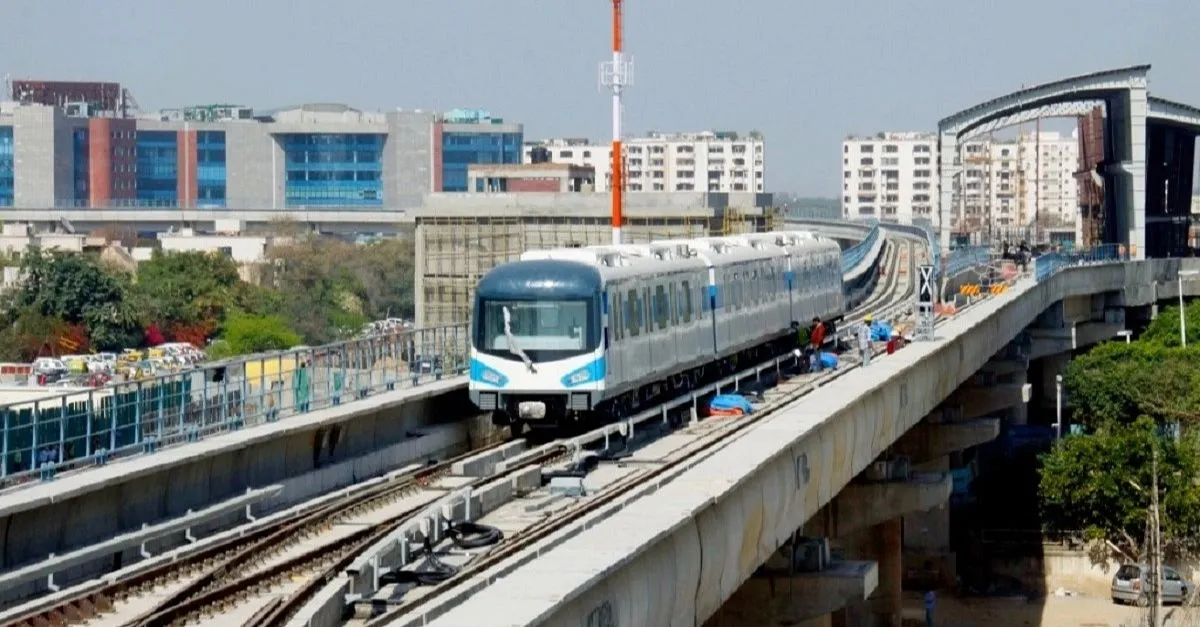
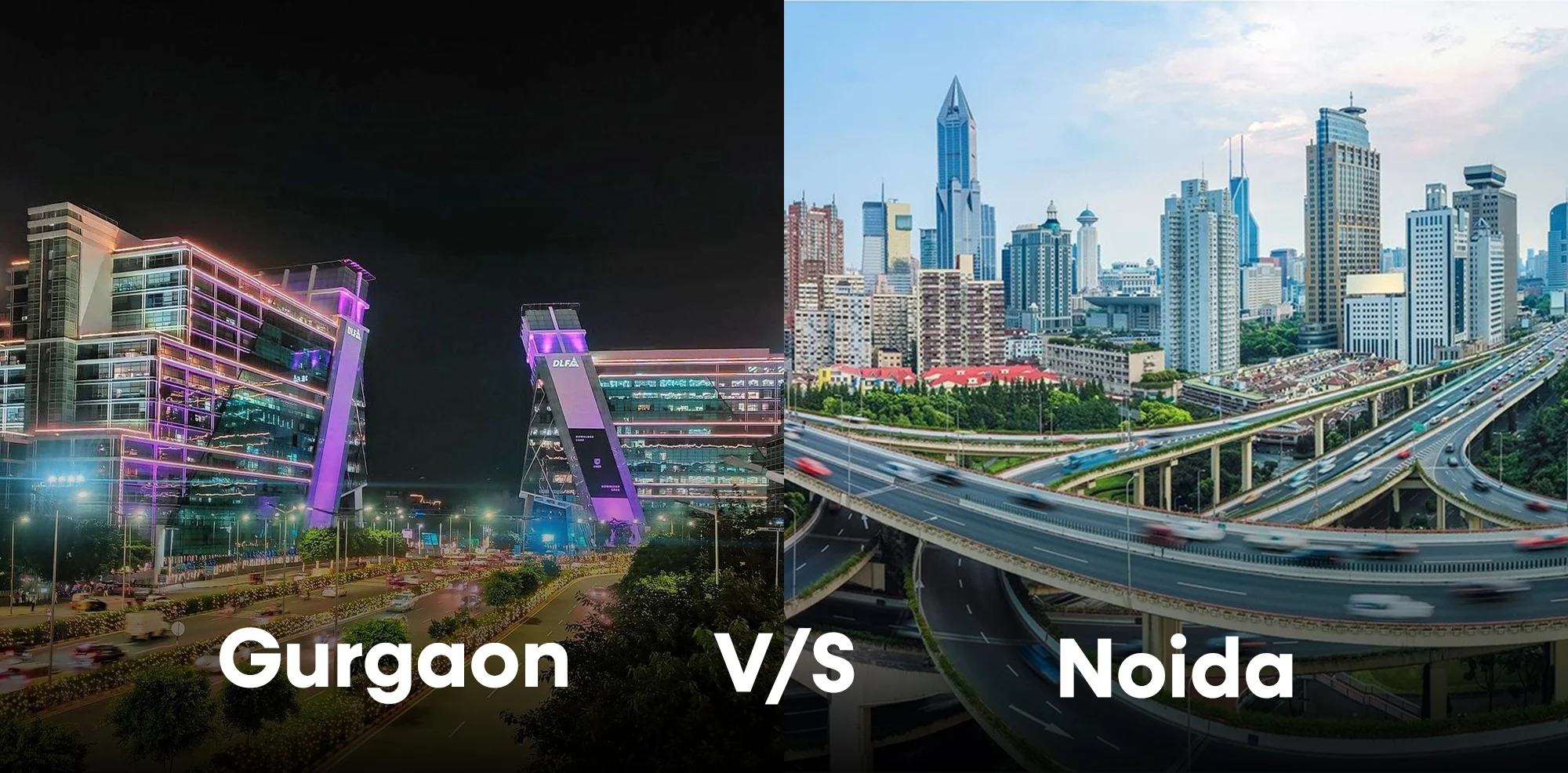
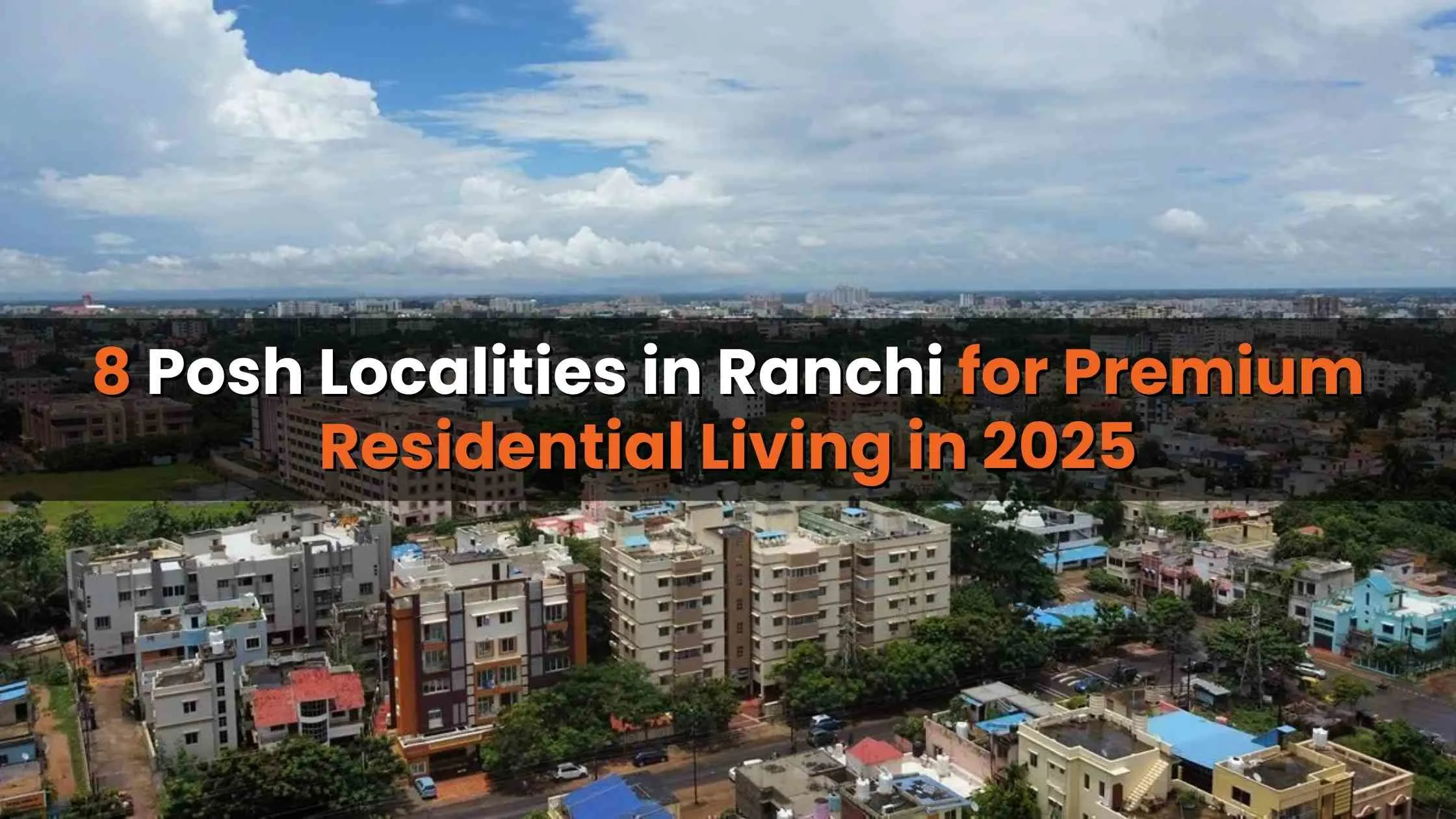
_1753700223.webp)
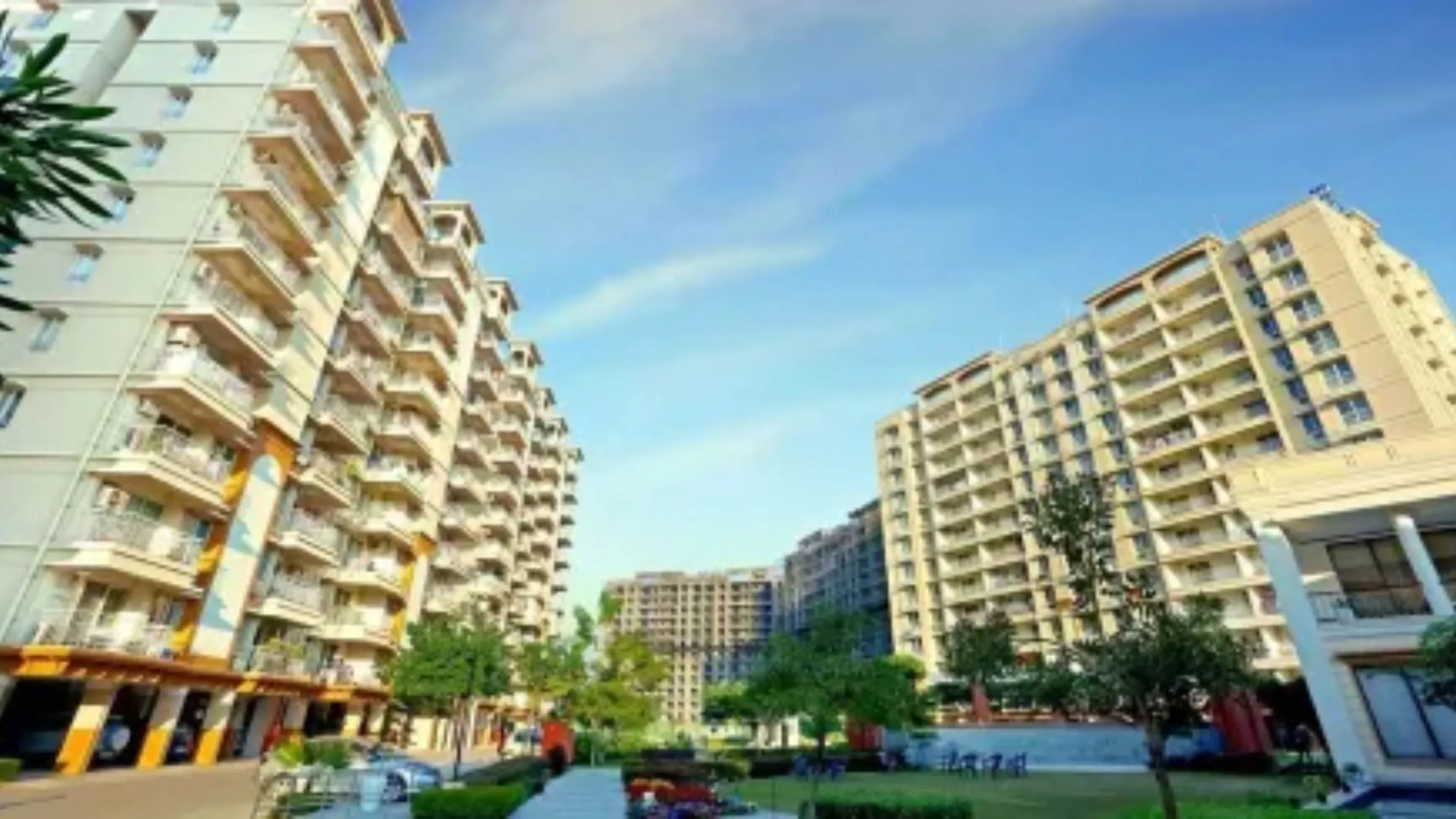
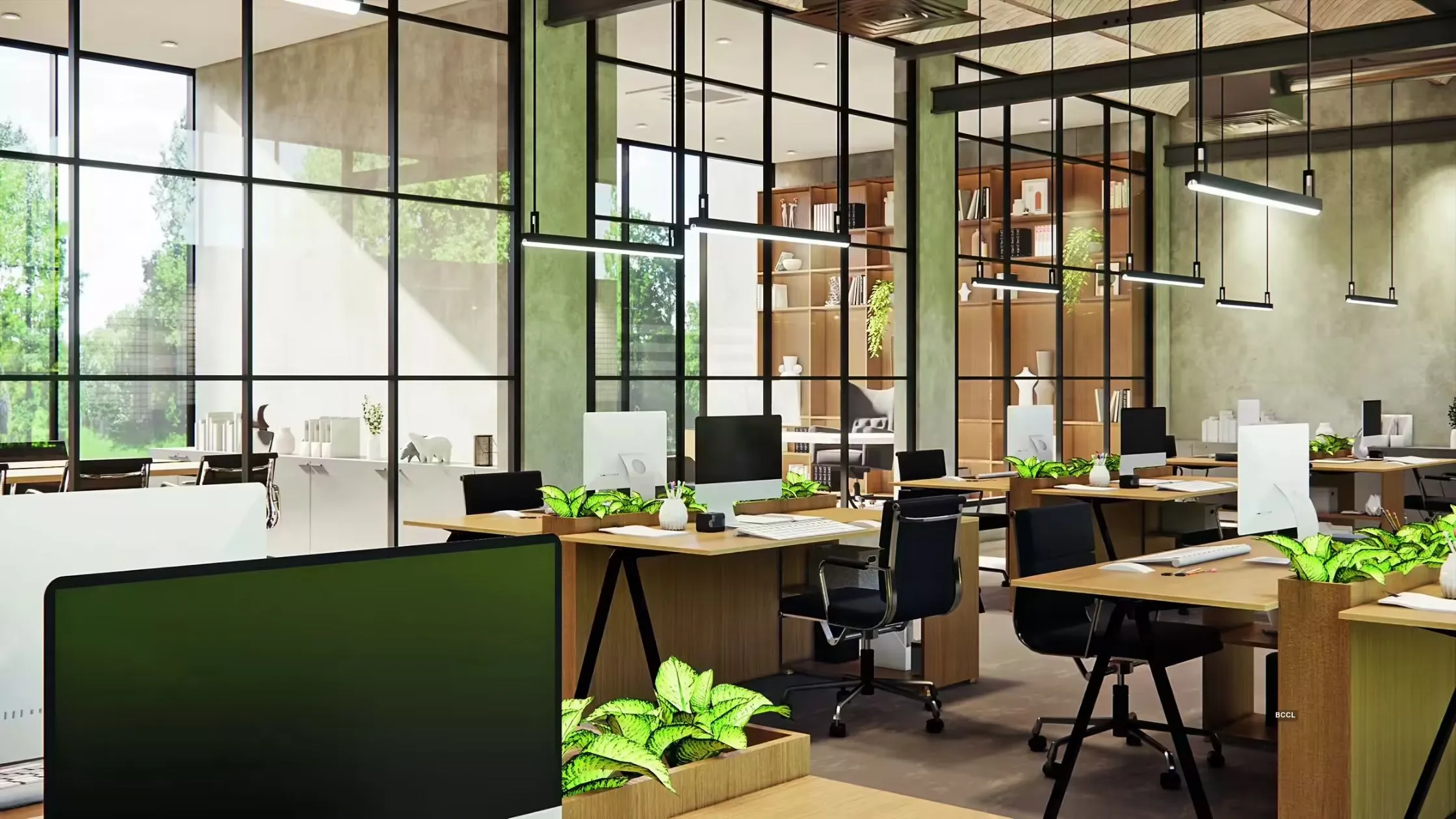
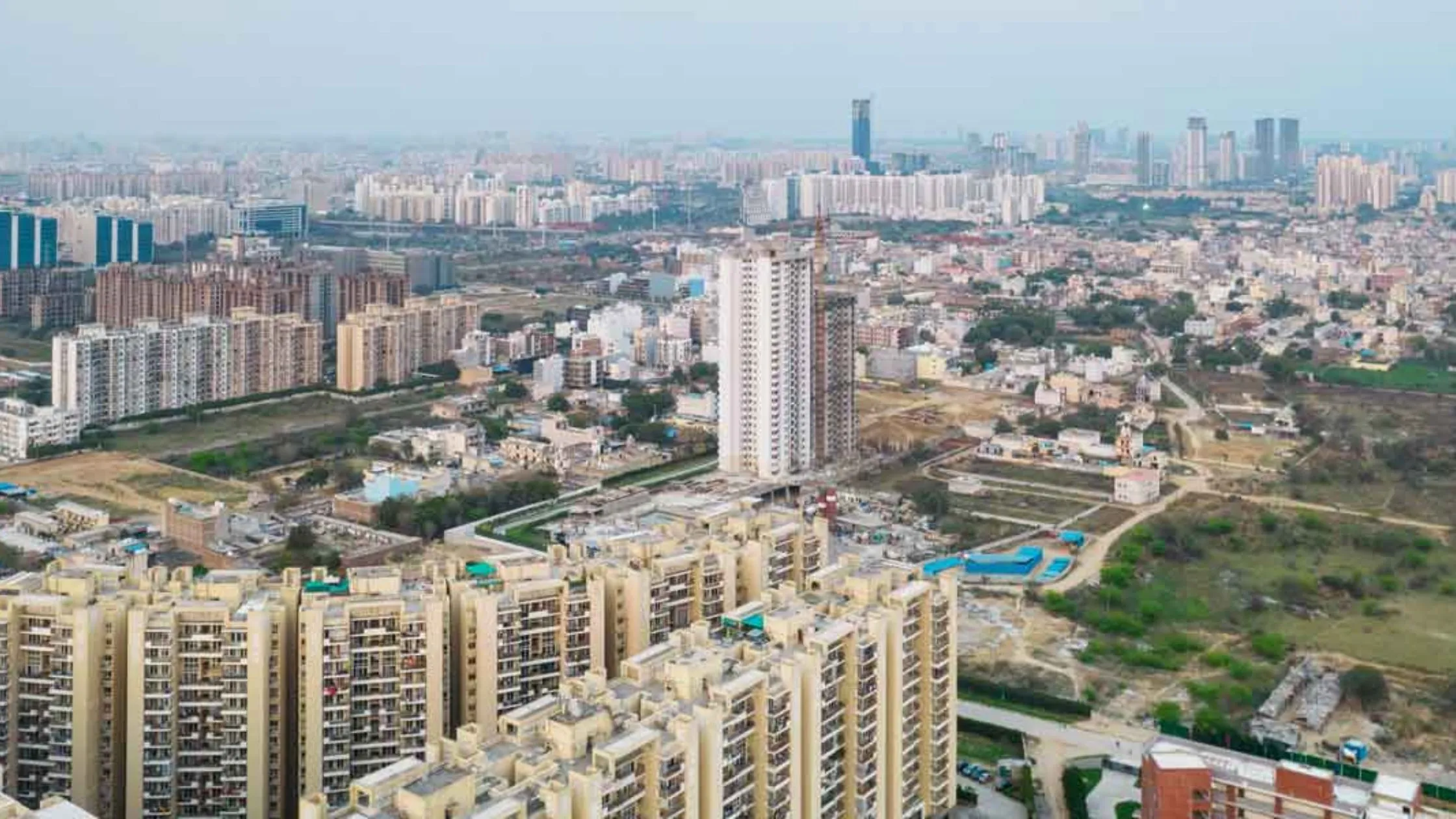
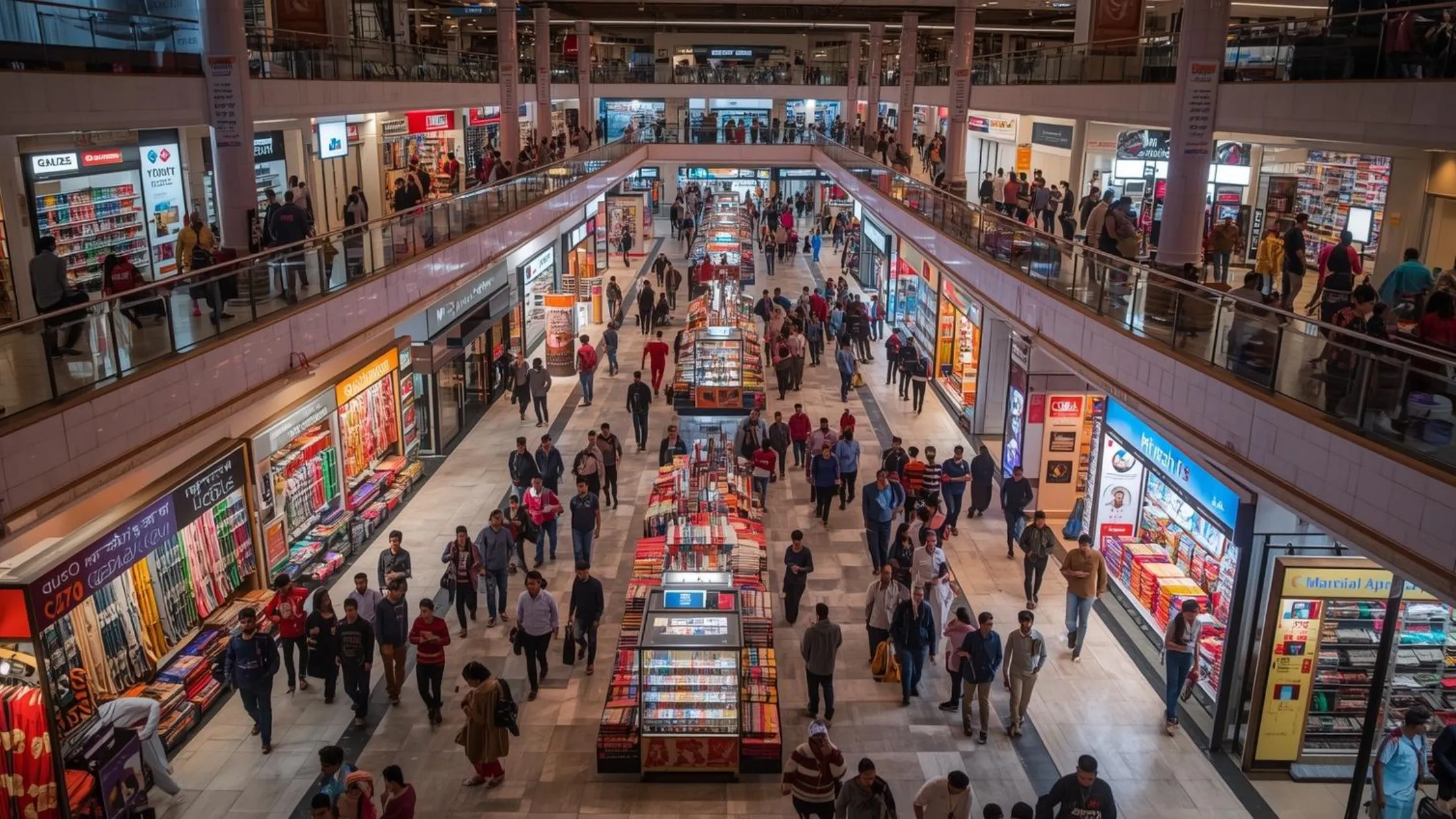

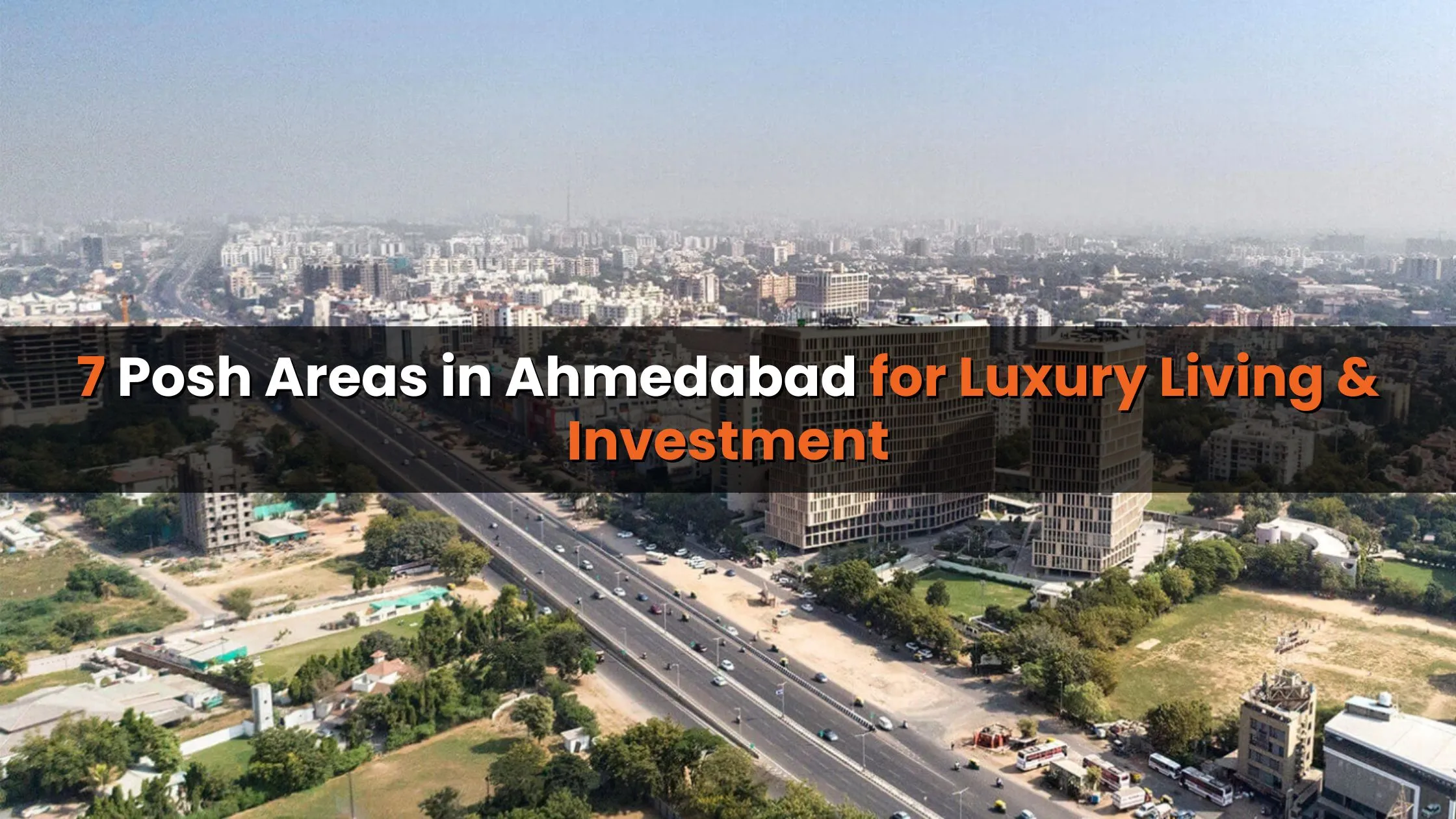
Ans 1. The Gurgaon Metro, also called the Gurugram Metro, is a newly approved metro line in Haryana designed to enhance urban connectivity by linking Old Gurgaon with New Gurgaon and Cyber City. It aims to reduce commuting time and support real estate and economic growth in the city.
Ans 2. The metro will run from Huda City Centre to Cyber City, passing through Old Gurgaon, with a spur line extending to Dwarka Expressway. The total stretch of the line is 28.5 km, which includes 26.65 km for the main line and 1.85 km for the spur.
Ans 3. The Gurgaon Metro will feature 27 stations, including one depot. These stations have been strategically chosen to serve both existing and upcoming residential and commercial hubs across Old and New Gurgaon.
Ans 4. The metro is being implemented by Gurugram Metro Rail Limited (GMRL), which is a joint venture between the Central Government and the Haryana Government under the Haryana Mass Rapid Transport Corporation (HMRTC).
Ans 5. The entire project is targeted for completion by 2027. Phase 1 of the construction is expected to be finished within 30 months of the foundation stone laying.
Ans 6. The Gurgaon Metro will be entirely elevated, which reduces land acquisition challenges, and it will incorporate modern technologies such as Communication-Based Train Control (CBTC) for safe and smooth operations. It will also provide smart ticketing systems, well-equipped stations, and app-based last-mile connectivity options for commuters.
Ans 7. The project is being implemented in multiple phases. Phase 1 covers 15.2 km from Millennium City Centre to Sector 9, including a connection to Sector 101 on the Dwarka Expressway. Phase 2 extends from Sector 9 to Cyber City, covering 13 km. Phase 3 involves the development of a metro depot at Sector 33 to support operations and maintenance.
Ans 8. The metro is expected to significantly boost property values and rental demand in areas like Sector 4, Palam Vihar, Sector 9, and Ashok Vihar. In addition, the Dwarka Expressway corridor, already attracting premium housing projects, is likely to see increased demand due to improved connectivity.
Ans 9. The total estimated cost of the Gurgaon Metro is around ₹6,800 crore. The funding is shared between the Central Government and the Haryana Government, demonstrating a strong commitment to urban infrastructure development.
Ans 10. Yes, there are several other metro projects in the pipeline, including the Ballabgarh–Palwal Metro (25 km with 10 stations), the Vatika Chowk–Panchgaon Line (30 km, DPR under preparation), the Sector 45–Bata Chowk Extension (31 km), and the Millennium City Centre–Gurgaon Railway Station line (11.15 km). Together, these projects will create a robust metro network across Gurugram and the NCR region.